Earn a certificate & get recognized
Basics of Computer Networking
Enhance your computer networking knowledge with our free online course! Learn from our experts on various aspects of this domain. Enrol today and start learning!
Basics of Computer Networking
48.8K+ learners enrolled so far
Stand out with an industry-recognized certificate
10,000+ certificates claimed, get yours today!
Get noticed by top recruiters
Share on professional channels
Globally recognised
Land your dream job
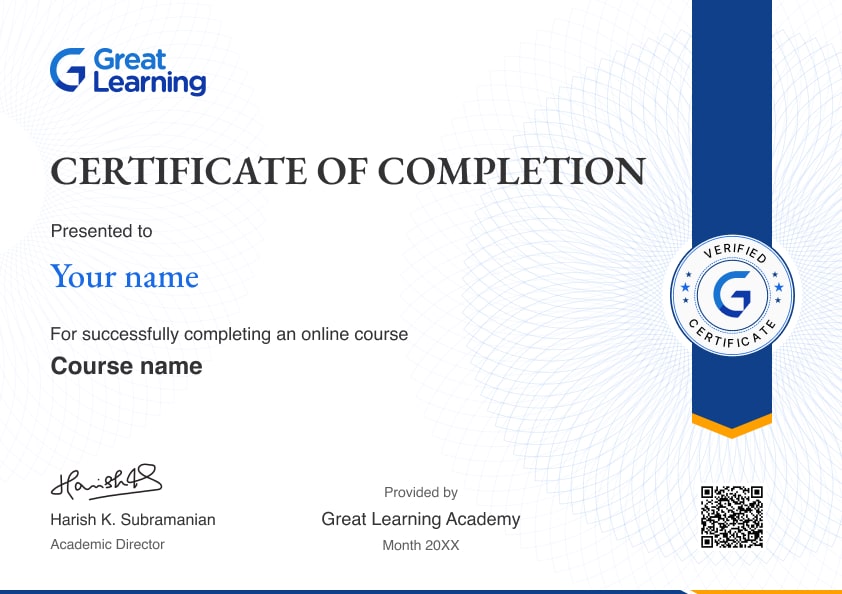
Skills you will gain
OSI Model
TCP/IP Protocol Suite
IP Addressing
Subnetting
Routing and Switching
Network Devices
Network Security Basics
Wireless Networking
Ethernet Technologies
DNS and DHCP
VPN Concepts
Troubleshooting Techniques
Network Topologies
Firewalls
+9 More
Key Highlights
Get free course content
Master in-demand skills & tools
Test your skills with quizzes
About this course
In this free course on Computer Networking, we'll cover all the essentials you need to know to get started in IT networking. We'll kick things off with an introduction to IT networking, exploring the importance of networks and how they enable communication between devices. From there, we'll dive into networking basics, where you'll learn about concepts like IP addresses, subnetting, and DNS. Next up, we'll tackle network devices and hardware. We'll discuss routers, switches, modems, and more and see how they all work together to create a functional network. To understand the structure of networks, we'll delve into networking models like OSI and TCP/IP. You'll grasp the layered approach that helps ensure smooth communication across networks.
Addressing is another crucial aspect of networking, and we'll cover IP addressing and subnetting in detail. You'll gain the skills to assign and manage IP addresses effectively. We'll explore networking protocols such as TCP, UDP, HTTP, and DNS as we move forward. You'll learn how these protocols facilitate data transmission and enable the internet to function.
Lastly, we'll touch on network security. We'll discuss common threats, security measures like firewalls and encryption, and best practices to keep networks safe and secure. By the end of this course, you'll have a solid foundation in computer networking, ready to tackle more advanced topics. So let's get started and embark on this networking adventure together!
Course outline
Overview of IT Networking
This module provides a comprehensive introduction to computer networking, covering topics like network types, topologies, devices, protocols, IP addressing, and network security measures.
Introduction to Networks and their Types
This module introduces network types like LANs, WANs, etc., exploring their purpose, characteristics and establishing a foundation for further study in computer networking.
Introduction to Network Topologies
This module introduces network topologies (bus, star, ring, mesh, hybrid), explaining their physical and logical layouts, and discussing the associated advantages and disadvantages.
Routers, Switches, Hubs, and NICs
This module provides an overview of network devices (routers, switches, hubs, NICs) and their functions in facilitating network communication and managing traffic.
Cables, Connectors, and Differences Between the Network Devices
This module covers networking cables, connectors, and their applications. It also explores the differences in functionality and purpose of network devices like routers, switches, hubs, and NICs in network infrastructure.
Introduction to OSI Model
This module provides an overview of the OSI model, a framework for understanding network protocols, exploring the layered architecture, functions, and interactions of each layer in network communication.
Introduction to TCP/IP Model
This module introduces the TCP/IP model, the foundational protocol suite of the Internet, explaining the structure, purpose, and inter-device communication enabled by the TCP/IP model's layers.
IP Addressing
This module covers IP addressing fundamentals: structure, format, subnet masks, and network classes, delving into IP address assignment and usage for device identification on a network.
Subnet Masks, Network Classes, and IP Address Configuration
In this module, you will learn the concepts of subnet masks, network classes, and the configuration of IP addresses. Learners will understand how subnet masks and network classes are used to define network boundaries and how to configure IP addresses within those boundaries.
Introduction to Networking Protocols - TCP, UDP and HTTP
This module provides an overview of essential networking protocols: TCP, UDP, and HTTP, covering the characteristics, functions, and common use cases of these protocols in network communication.
Networking Protocols - HTTPS, FTP, and DHCP
This module covers important networking protocols: HTTPS, FTP, and DHCP. Learners understand their significance in secure communication, file transfer, and automatic IP address assignment within a network environment.
Networking Protocols - DNS
This module explores the DNS protocol, which translates domain names into IP addresses including DNS's role in resolving domain names and connecting devices on a network.
Importance of Network Security and Firewall
This module highlights network security and the role of firewalls in protecting against unauthorized access and malicious activities including the importance of robust security measures for safeguarding sensitive information and ensuring communication integrity.
Basic Security Measures
This module covers fundamental security measures for enhancing network security, including password management, user authentication, encryption, and software updates including their significance in mitigating security risks and protecting network infrastructure.
Summary on Network Security
This module provides a concise overview of network security concepts, including the importance of securing networks, common threats, key security measures (firewalls, encryption, access controls, intrusion detection), ensuring data confidentiality, integrity, and availability.
Summary on Basics of Computer Networking
This module offers a comprehensive recap of computer networking fundamentals, covering network types, topologies, devices, protocols, IP addressing, and security, consolidating knowledge and preparing for further exploration in the field.
Get access to the complete curriculum once you enroll in the course
Stand out with an industry-recognized certificate
10,000+ certificates claimed, get yours today!
Get noticed by top recruiters
Share on professional channels
Globally recognised
Land your dream job

Basics of Computer Networking

4.5 Hours
Beginner
48.8K+ learners enrolled so far
Get free course content
Master in-demand skills & tools
Test your skills with quizzes
Level up with advanced skills & become job ready with Pro+
Subscribe to Pro+ today to build skills with 50+ Pro courses and prep for jobs with advanced AI tools.

Operating Systems & Networking Essentials

Practice exercises

Guided Projects

AI Resume Builder

AI mock interviews
Get course + certificate with Pro+ subscription
Learner reviews of the Free Courses

5.0

5.0

5.0

5.0
5.0

5.0

5.0

5.0

5.0
5.0
What our learners enjoyed the most
Skill & tools
62% of learners found all the desired skills & tools
Frequently Asked Questions
Will I receive a certificate upon completing this free course?
Is this course free?
What are the prerequisites required to learn this Free Basics Computer Networking Course?
You do not need any prior knowledge to learn this Free Computer Networking Course.
How long does it take to complete this Free Basics Computer Networking Course?
Basics Computer Networking is a 1.5 - hour long course, but it is self-paced. Once you enrol, you can take your own time to complete the course.
Will I have lifetime access to the free course?
Yes, once you enrol in the course, you will have lifetime access to any of the Great Learning Academy’s free courses. You can log in and learn whenever you want to.
Will I get a certificate after completing this Free Computer Networking Course?
Yes, you will get a certificate of completion after completing all the modules and cracking the assessment.
How much does this Free Computer Networking Course cost?
It is an entirely free course from Great Learning Academy.
Is there any limit on how many times I can take this free course?
No. There is no limit. Once you enrol in the Free Computer Networking Course, you have lifetime access to it. So, you can log in anytime and learn it for free online.
Become a Skilled Professional with Pro Courses
Gain work-ready skills with guided projects, top faculty and AI tools, all at an affordable price.
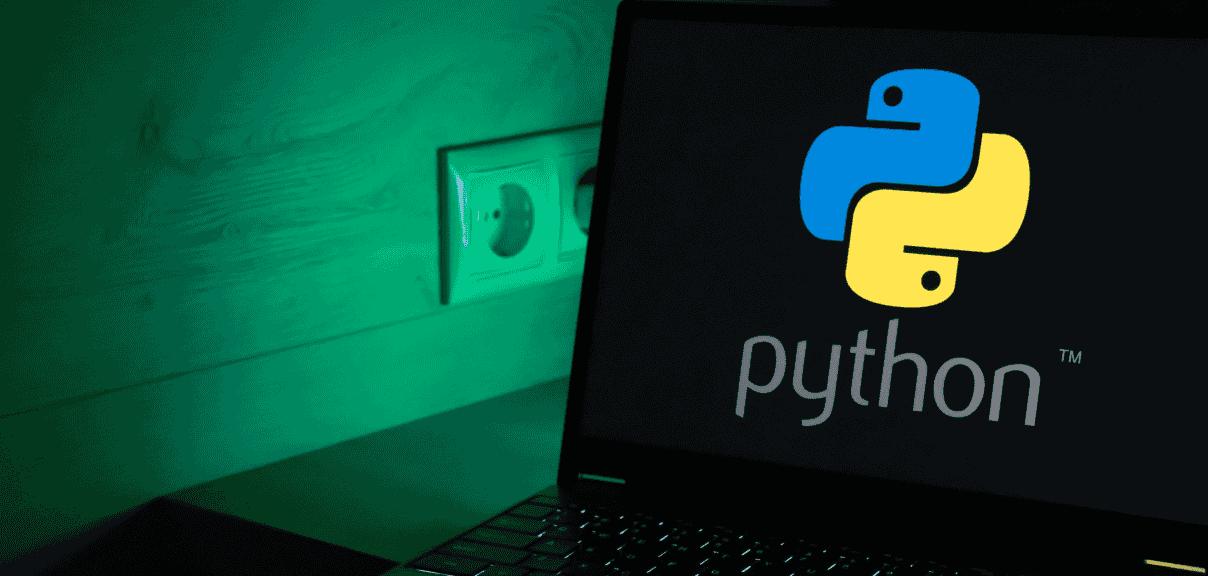
View Course

Included with Pro+ Subscription


View Course

Included with Pro+ Subscription
.jpg)
View Course

Included with Pro+ Subscription


View Course

Included with Pro+ Subscription
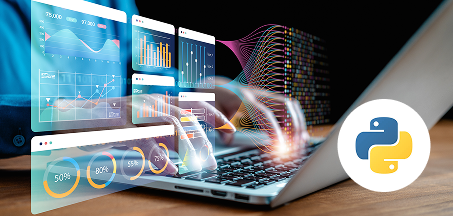
View Course

Included with Pro+ Subscription

View Course

Included with Pro+ Subscription
 (1).jpg)
View Course

Included with Pro+ Subscription
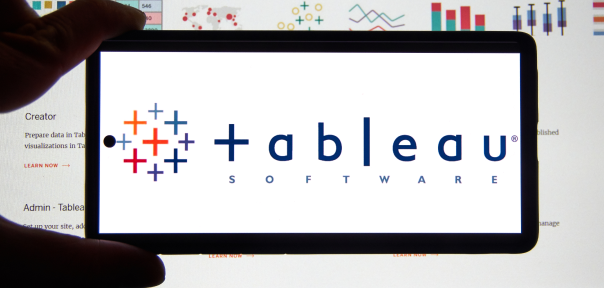
View Course

Included with Pro+ Subscription


View Course

Included with Pro+ Subscription


View Course

Included with Pro+ Subscription


View Course

Included with Pro+ Subscription


View Course

Included with Pro+ Subscription
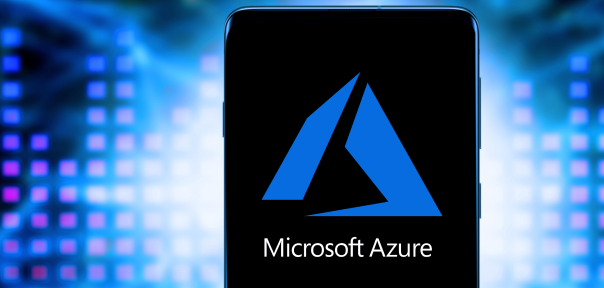



View Course

Included with Pro+ Subscription


View Course

Included with Pro+ Subscription

View Course

Included with Pro+ Subscription


View Course

Included with Pro+ Subscription
 (1).png)
View Course

Included with Pro+ Subscription


View Course

Included with Pro+ Subscription
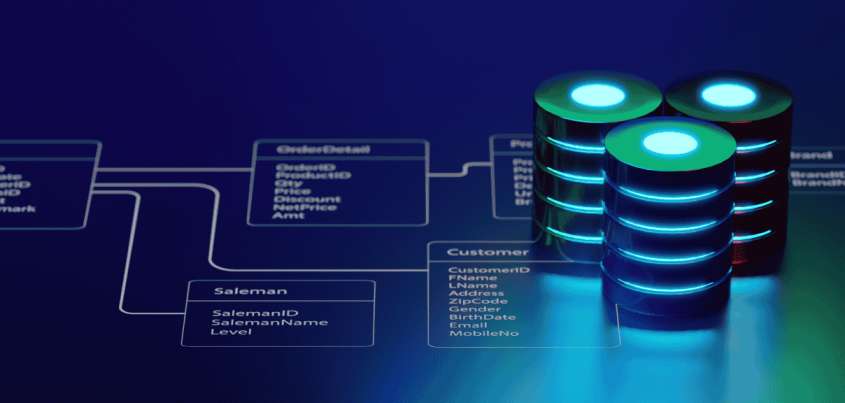
View Course

Included with Pro+ Subscription

View Course

Included with Pro+ Subscription

View Course

Included with Pro+ Subscription

View Course

Included with Pro+ Subscription


View Course

Included with Pro+ Subscription

View Course

Included with Pro+ Subscription
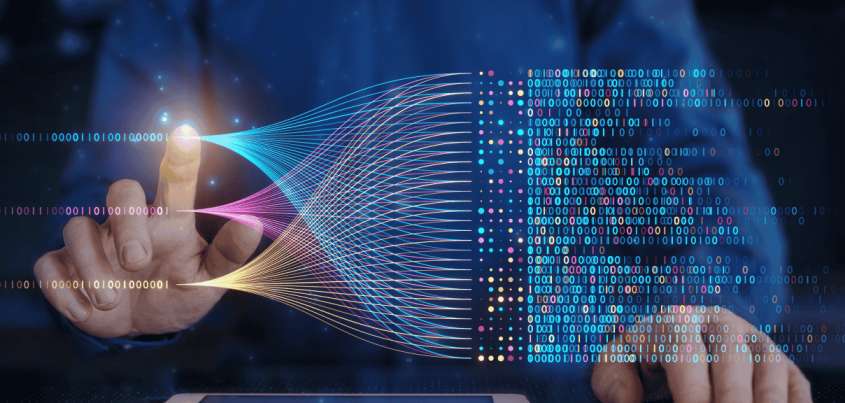
View Course

Included with Pro+ Subscription

View Course

Included with Pro+ Subscription

View Course

Included with Pro+ Subscription
.png)
View Course

Included with Pro+ Subscription

View Course

Included with Pro+ Subscription
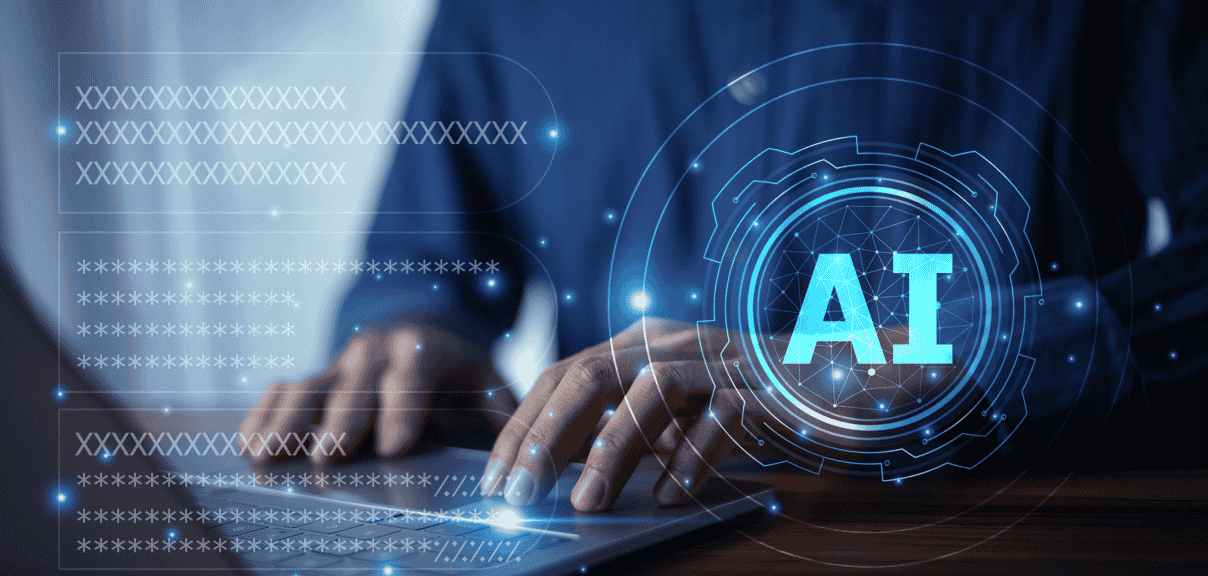
View Course

Included with Pro+ Subscription
.jpg)
View Course

Included with Pro+ Subscription


View Course

Included with Pro+ Subscription


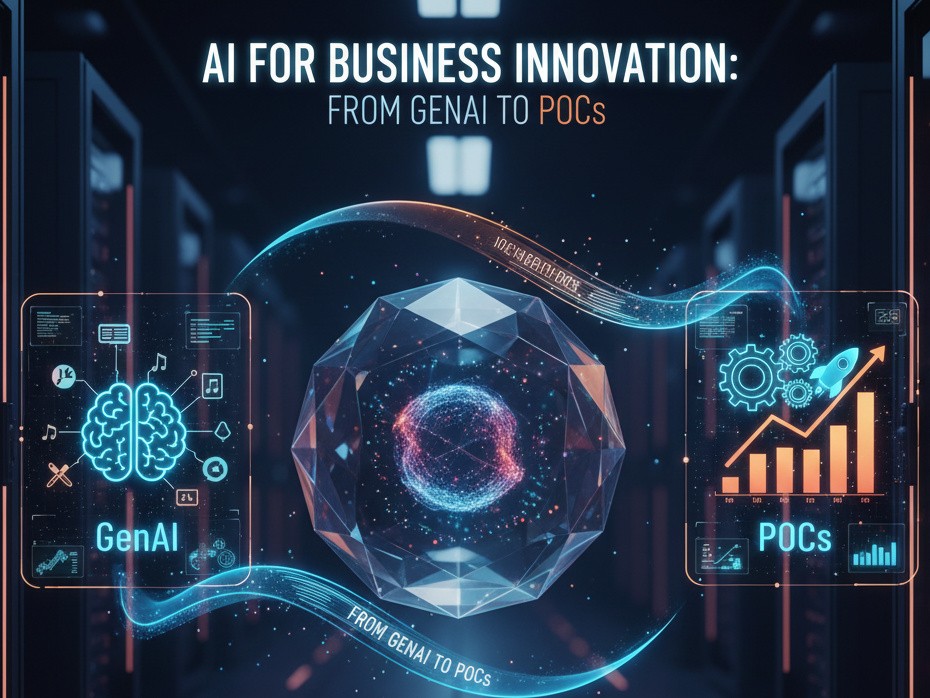
View Course

Included with Pro+ Subscription

View Course

Included with Pro+ Subscription
 (1).jpg)
View Course

Included with Pro+ Subscription
.png)
View Course

Included with Pro+ Subscription
.png)
View Course

Included with Pro+ Subscription
.png)
View Course

Included with Pro+ Subscription
.png)
View Course

Included with Pro+ Subscription
.png)
View Course

Included with Pro+ Subscription

View Course

Included with Pro+ Subscription
.png)
View Course

Included with Pro+ Subscription

View Course

Included with Pro+ Subscription
.png)
View Course

Included with Pro+ Subscription
.png)
View Course

Included with Pro+ Subscription
.png)
View Course

Included with Pro+ Subscription

View Course

Included with Pro+ Subscription
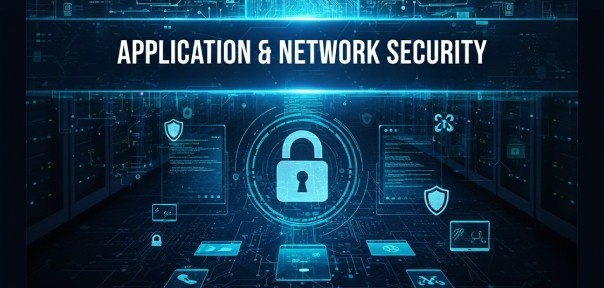
View Course

Included with Pro+ Subscription


.png)

View Course

Included with Pro+ Subscription



.png)
View Course

Included with Pro+ Subscription


View Course

Included with Pro+ Subscription
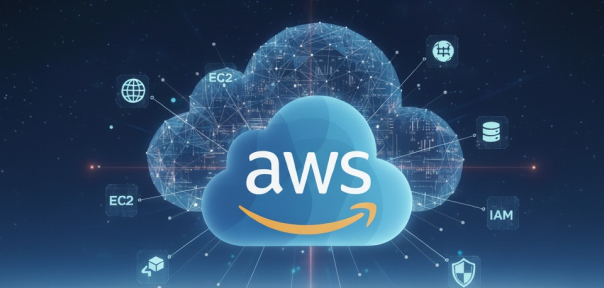

View Course

Included with Pro+ Subscription
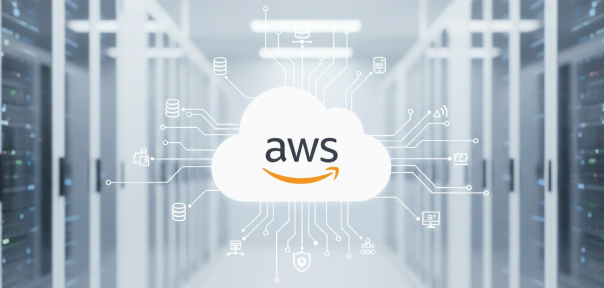

View Course

Included with Pro+ Subscription
.jpg)

Popular

View Course

Included with Pro+ Subscription


View Course

Included with Pro+ Subscription
.jpg)
View Course

Included with Pro+ Subscription


View Course

Included with Pro+ Subscription

View Course

Included with Pro+ Subscription

View Course

Included with Pro+ Subscription
 (1).jpg)
View Course

Included with Pro+ Subscription

View Course

Included with Pro+ Subscription
Microsoft Courses


View Course

Included with Pro+ Subscription


View Course

Included with Pro+ Subscription


View Course

Included with Pro+ Subscription


View Course

Included with Pro+ Subscription




View Course

Included with Pro+ Subscription
IT & Software


View Course

Included with Pro+ Subscription

View Course

Included with Pro+ Subscription


View Course

Included with Pro+ Subscription
 (1).png)
View Course

Included with Pro+ Subscription


View Course

Included with Pro+ Subscription

View Course

Included with Pro+ Subscription

View Course

Included with Pro+ Subscription

View Course

Included with Pro+ Subscription

View Course

Included with Pro+ Subscription
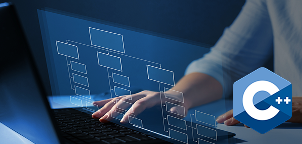
View Course

Included with Pro+ Subscription
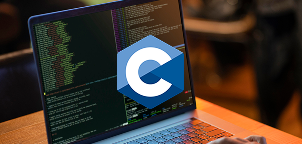
View Course

Included with Pro+ Subscription
.png)
View Course

Included with Pro+ Subscription
.png)
View Course

Included with Pro+ Subscription
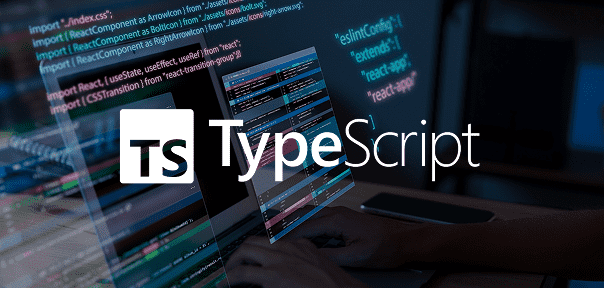
View Course

Included with Pro+ Subscription

View Course

Included with Pro+ Subscription
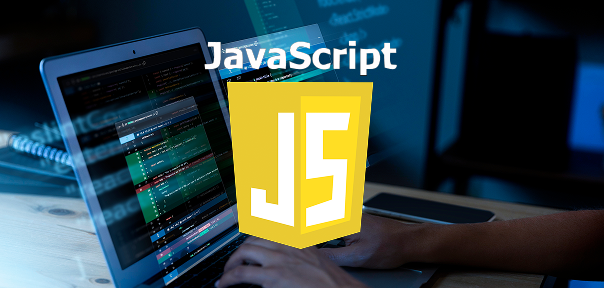
View Course

Included with Pro+ Subscription

View Course

Included with Pro+ Subscription

View Course

Included with Pro+ Subscription
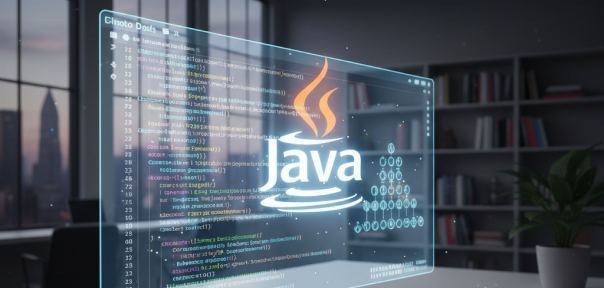
View Course

Included with Pro+ Subscription
.png)
View Course

Included with Pro+ Subscription
.jpg)
View Course

Included with Pro+ Subscription
Data Science & ML


View Course

Included with Pro+ Subscription

View Course

Included with Pro+ Subscription

View Course

Included with Pro+ Subscription

View Course

Included with Pro+ Subscription

View Course

Included with Pro+ Subscription
.png)
View Course

Included with Pro+ Subscription
AI & Generative AI

View Course

Included with Pro+ Subscription

View Course

Included with Pro+ Subscription
.jpg)
View Course

Included with Pro+ Subscription


View Course

Included with Pro+ Subscription



View Course

Included with Pro+ Subscription

View Course

Included with Pro+ Subscription
Management
 (1).jpg)
View Course

Included with Pro+ Subscription
.png)
View Course

Included with Pro+ Subscription
.png)
View Course

Included with Pro+ Subscription
.png)
View Course

Included with Pro+ Subscription
.png)
View Course

Included with Pro+ Subscription
.png)
View Course

Included with Pro+ Subscription

View Course

Included with Pro+ Subscription
.png)
View Course

Included with Pro+ Subscription

View Course

Included with Pro+ Subscription

View Course

Included with Pro+ Subscription

View Course

Included with Pro+ Subscription
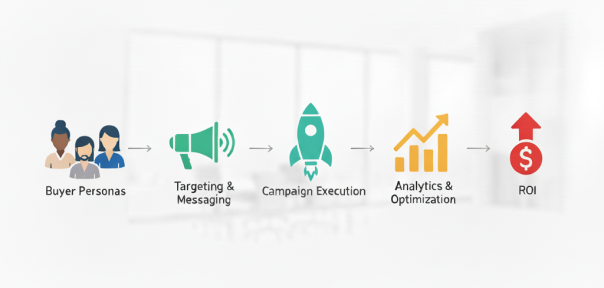
View Course

Included with Pro+ Subscription
.jpg)
View Course

Included with Pro+ Subscription
.jpg)
View Course

Included with Pro+ Subscription
.jpeg)
View Course

Included with Pro+ Subscription
.jpg)
View Course

Included with Pro+ Subscription
Cyber Security
.png)
View Course

Included with Pro+ Subscription
.png)
View Course

Included with Pro+ Subscription
.png)
View Course

Included with Pro+ Subscription

View Course

Included with Pro+ Subscription

View Course

Included with Pro+ Subscription
Cloud Computing


.png)

View Course

Included with Pro+ Subscription



.png)
View Course

Included with Pro+ Subscription


View Course

Included with Pro+ Subscription


View Course

Included with Pro+ Subscription


View Course

Included with Pro+ Subscription
.jpg)

.jpg)

.png)

View Course

Included with Pro+ Subscription
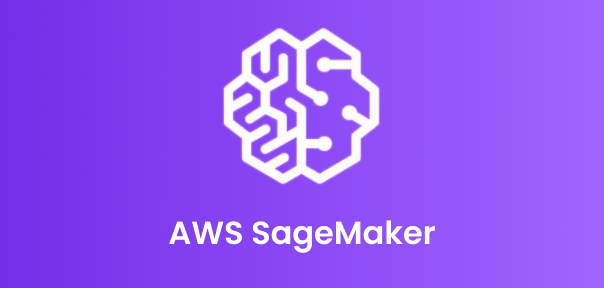

View Course

Included with Pro+ Subscription
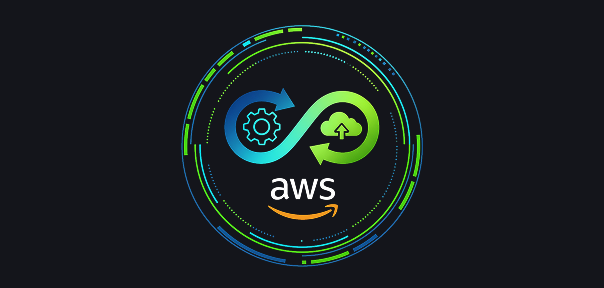
View Course

Included with Pro+ Subscription
.png)

Subscribe to Academy Pro+ & get exclusive features
$25/month
No credit card required

Learn from 40+ Pro courses

Access 500+ certificates for free
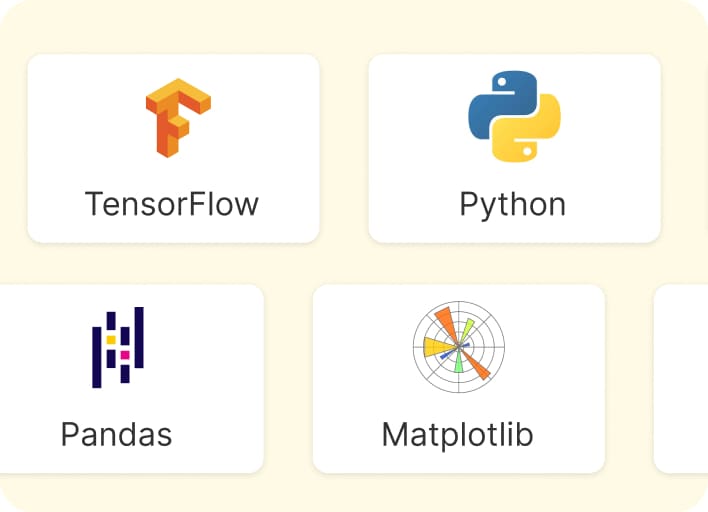
700+ Practice exercises & guided projects
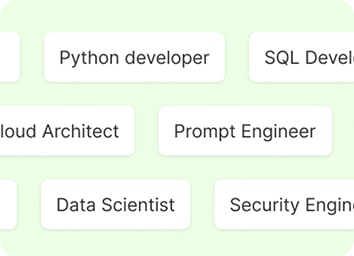
Prep with AI mock interviews & resume builder
Recommended Free Software courses





Similar courses you might like




Basics of Computer Networking
Computer networking is a fundamental aspect of modern technology that allows computers and other devices to communicate and share resources. It plays a crucial role in connecting individuals, businesses, and organizations across the globe, enabling seamless data transmission and collaboration. From local area networks (LANs) to wide area networks (WANs) and the internet, computer networking has revolutionized how we communicate and access information. At its core, computer networking connects multiple devices, such as computers, servers, routers, switches, and wireless access points, through various transmission media, including wired and wireless connections. These interconnected devices form a network, enabling the transfer of data and the sharing of resources.
Local area networks (LANs) are typically used within a limited geographical area, such as a home, office, or campus. LANs often employ Ethernet cables or Wi-Fi connections to connect devices. They allow users to share files, printers, and other resources and communicate through messaging or video conferencing applications. LANs are commonly found in homes and small to medium-sized businesses, where devices must be connected within a confined area. Wide area networks (WANs), on the other hand, cover larger geographical areas and connect multiple LANs. WANs utilize leased lines, fiber optics, or satellite links to transmit data over long distances. The internet itself can be considered a massive WAN, connecting networks and devices across the globe. WANs are essential for organizations with multiple branches or individuals who require access to resources in different locations.
Computer networks rely on various protocols and standards to facilitate data transmission and enable communication between devices. The most widely used protocol suite is the Transmission Control/Internet Protocol (TCP/IP) is the most commonly used protocol suite. TCP/IP provides a set of rules and procedures for devices to communicate over the internet and other networks. It breaks down data into packets, then transmitted and reassembled at the destination. Other standard protocols include the Internet Protocol (IP), Ethernet, Wi-Fi (802.11), and the Domain Name System (DNS). Networking devices such as routers and switches play a vital role in directing data traffic and ensuring efficient communication within a network. Routers connect different networks, determining the optimal path for data packets to reach their destination. They use routing tables and algorithms to make intelligent decisions about forwarding packets. Switches, conversely, enable the interconnection of devices within a network. They use MAC addresses to identify devices and deliver data to the appropriate recipient.
Wireless networking has gained significant prominence recently, allowing devices to connect without needing physical cables. Based on the IEEE 802.11 standard, Wi-Fi has become ubiquitous, enabling wireless connectivity in homes, offices, cafes, and public spaces. Wireless access points act as central hubs for wireless connections, allowing devices to connect to a network using Wi-Fi signals. Computer networking has revolutionized various aspects of our lives, transforming how we communicate, conduct business, and access information. From email communication and video conferencing to online shopping and social media, computer networks underpin many daily activities. As a global network of networks, the Internet has connected people worldwide and has become an indispensable tool for information sharing, research, and global connectivity.
In conclusion, computer networking is the backbone of modern communication and connectivity. It enables the interconnection of devices, facilitates data transmission, and allows for the sharing of resources. From local networks to global internet connections, computer networking has transformed how we live and work, providing unprecedented opportunities for collaboration, information exchange, and technological advancement.



